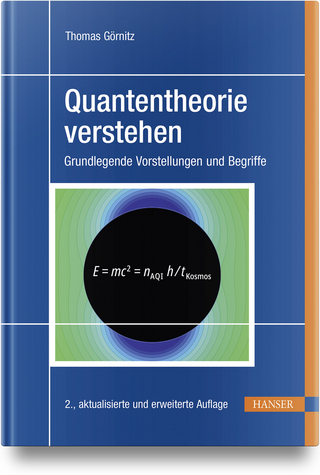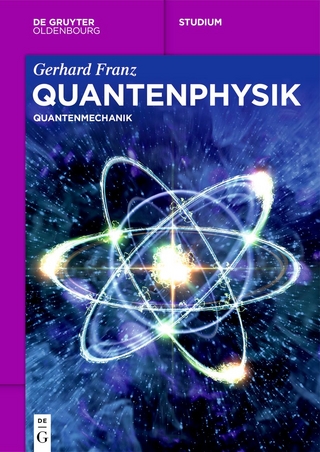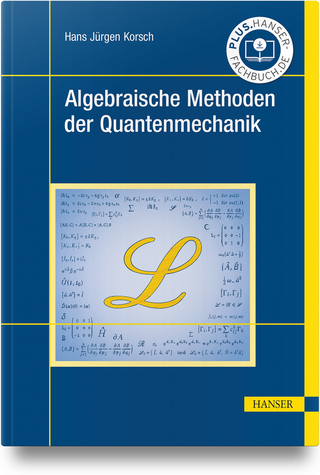
Completion and Unification of Quantum Mechanics with Einstein's GR Ideas -- Volume 3
Advances, Revisions and Conclusions
Seiten
2020
Nova Science Publishers Inc (Verlag)
978-1-5361-7200-3 (ISBN)
Nova Science Publishers Inc (Verlag)
978-1-5361-7200-3 (ISBN)
Quantum mechanics, based on the Schrodinger equation (and its relativistic Dirac's extension) is a statistical theory, here denominated as Statistical Quantum Mechanics (SQM), to differentiate it from the new part of the quantum theory, provided in PART I and II, denominated Individual-particles Quantum Mechanics (IQM). Both of them are necessary components of the quantum theory, as are the Classical Mechanics for Individual objects (ICM), based on the Newton equations, Hamiltonian-Jacobi equations or the Euler-Lagrange equation of motion of individual objects, and the Statistical Classical Mechanics (SCM) based on the Liouville equations. The SQM tells us the various possible outcomes of experiments and the corresponding probabilities if we would do a large number of identical experiments on individual quantum systems. The SQM systems are not all identical but this is the same type of fluctuation that occurs in classical statistical descriptions in SCM. At first sight the situation may not appear very different therefore from the description provided by classical statistical mechanics. In that case however, we have an underlying description (ICM) that provides a complete (i.e. non-statistical) description of the world, which in general is far too complex, however, to be of use. The last PART III of this trilogy is dedicated to the completion of the whole theoretical mechanics, both classical and quantum inside a 9-D time-space manifold of the Universe. Only in this final third volume, this IQM theory, dedicated in the first two volumes only to the elementary particles, is extended also to the non-elementary particles (like hadrons, nucleus, atoms, molecules, and all every-day objects in our common life, up to the biggest non-elementary particles, like the planets, stars, etc.) in our unique Universe. So, each object in our Universe, from the smallest (elementary) to the biggest, can be mathematically expressed by the same mathematical 9-D complex field expression, in a unifying way at which the physical determinism holds for the individual objects at all micro-macro scales in our Universe.
Preface; Fundamental Limits of Statistical Quantum Mechanics (SQM); Introduction to QM Completion and Unification with GR; From Astrophysics to Microcosms: Perfect Fluid Dynamics; Advances in the Individual Particle Quantum Mechanics (IQM) Theory; Massive Bosons in the IQM Theory and Applications; Appendix of PART III.
| Erscheinungsdatum | 14.05.2020 |
|---|---|
| Sprache | englisch |
| Gewicht | 974 g |
| Themenwelt | Naturwissenschaften ► Physik / Astronomie ► Quantenphysik |
| ISBN-10 | 1-5361-7200-6 / 1536172006 |
| ISBN-13 | 978-1-5361-7200-3 / 9781536172003 |
| Zustand | Neuware |
| Haben Sie eine Frage zum Produkt? |
Mehr entdecken
aus dem Bereich
aus dem Bereich
Grundlegende Vorstellungen und Begriffe
Buch | Hardcover (2024)
Carl Hanser (Verlag)
CHF 62,95


